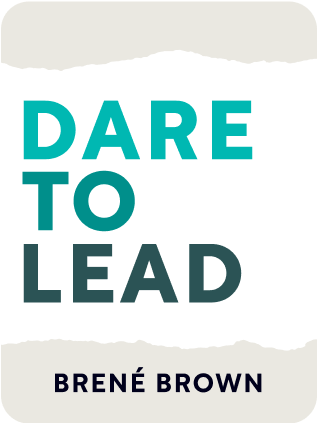

This article is an excerpt from the Shortform book guide to "Dare to Lead" by Brené Brown. Shortform has the world's best summaries and analyses of books you should be reading.
Like this article? Sign up for a free trial here .
What makes people feel insecure at work? How can you stop feeling unconfident?
People start to feel insecure at work during times of uncertainty. They develop stories—bad first drafts—largely built around their biases rather than facts. You deal with your insecurities by questioning the story you are telling yourself, and revealing the biases in those stories.
Read more about how to get over the feeling of being insecure at work.
Handling Your Own Bad First Drafts
In order to stop being insecure at work—you need to question the story you’re telling yourself, because it’s built from your insecurities and biases rather than from facts—this story is your bad first draft. When examining your bad first draft, you should question what you know about yourself, the other person in the story, and your hidden emotions.
- What you know about yourself: What do you actually know about the situation? What parts are you imagining?
- What you know about the other person: What assumptions are you making about the other person? What questions can you ask them for clarification?
- What you know about your hidden emotions: What is under the surface of my reaction? Are there insecurities or biases contributing to my story?
Secondly, you need to talk about your bad first draft in order to reveal the biases that are making you insecure at work. In this step, it’s helpful to use the phrase, “The story I’m telling myself…” This lets you express your feelings while inviting the other person to tell their side of the story. This step untangles the story, leaving just the truth—either your failure is imagined or exaggerated, or it becomes a concrete problem you can now address.
For example, you suggest an idea in a meeting and notice that your colleague Anne looked at another colleague before rejecting your idea. You assume they’ve been talking about you behind your back, and think your ideas are stupid and not worth discussing in meetings. After the meeting, you say to Anne, “You looked at Cheryl before you said no to my idea. The story I’m telling myself here is that you two have been discussing my ideas and don’t think they’re worth your time.” Her response will probably take one of two forms:
- Option A (most likely): She responds, “Not at all. We’re working on a similar idea that we have to keep under wraps for now. I was just making sure she and I were on the same page.” By talking through your story, you get complete information about what happened and realize you invented a worst-scenario connection.
- Option B (unlikely): She says, “Yes, that’s right.” While this might sting a little at first, ultimately it opens up the opportunity to have an honest discussion about her thoughts.
Handling Your Team’s Bad First Drafts
Bad first drafts are damaging enough in personal failures, but they become worse in the workplace. Bad first drafts spread easily in work environments, where people tend to believe their own stories and retell them as truth. These stories warp over time, and they make more people insecure at work. Just think of how easily “There will probably be massive layoffs at the end of the summer. No one told me but I can just feel it” can be repeated and warped into, “There will be massive layoffs in August.”
A brave leader recognizes that employers are more likely to become more insecure at work in times of uncertainty, change, and failure and gets ahead of it. You can accomplish this by inviting your team members to share their bad first drafts with you and with one another. This is most effectively done aloud—when incomplete information and worst-case scenarios are expressed, their missing logic becomes apparent.
Hearing your team’s stories and working with them to separate fact from fiction is an opportunity for you to improve your communication style moving forward. This exercise exposes where you’ve left information gaps in which imaginations and insecurities were able to run wild. Moving forward, you’re likely to continually speak to your team with transparency and give as much information as you can, in order to avoid further bad first drafts.
This exercise is also valuable because it presents the opportunity to name and grapple with the problem itself, instead of with all the misinformation around it. Instead of dealing with everyone’s fears of layoffs, you can simply say, “It’s true that our organization will undergo a lot of changes this summer, and it’s normal to be anxious. Currently, there are no layoffs planned and I will keep you updated if that changes.”
While this process of untangling bad first drafts will take some extra time on your part, recall that not spending a bit of time addressing your team’s stories now will result in a lot of wasted time fixing defensive behaviors in the future.
Using the Courage Toolbox
When you lean into all four courage-building skills in Brene Brown’s Dare to Lead—facing vulnerability, choosing and practicing values, building trust, and developing failure resilience—you gain control over how difficult situations affect you and stop feeling insecure at work. The four courage-building skills develop your ability to approach risk and failure productively, instead of reacting to them defensively and falling into behaviors that hold you back from the creativity, collaboration, and ideas that are crucial to keeping up with today’s demand for innovation.

———End of Preview———
Like what you just read? Read the rest of the world's best book summary and analysis of Brené Brown's "Dare to Lead" at Shortform .
Here's what you'll find in our full Dare to Lead summary :
- A breakdown of the four courage-building skills that make up brave leadership
- The three reasons why most people avoid vulnerability
- How to recover and move on quickly from failure






